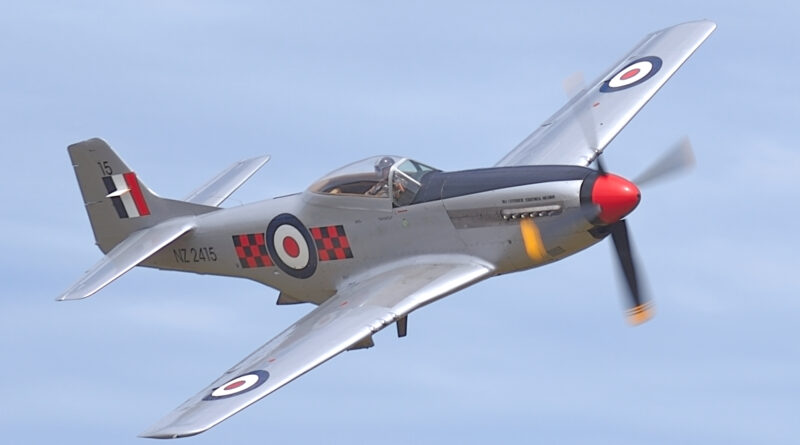Discover the history and legacy of the P-51 Mustang, an American fighter plane that played a vital role in World War II and beyond. Learn about its design, performance, and impact on aviation history.
The North American P-51 Mustang was one of the more successful and iconic fighter planes of the Second World War.
Despite its very American origins, the P-51 was designed in response to a specification from the British government and a request from the Royal Air Force to build North American Aviation planes under license.
Although altitude problems designated it to RAF army-cooperation roles, the P-51 Mustang was known for its incredible speed and fast production output.
Origins
The development process for the P-51 Mustang began in Great Britain and was prompted by a purchasing commission call by British civil servant Sir Henry Self in 1938. Self was tasked with buying American military equipment to bolster the British armed forces, particularly in response to growing rearmament in Nazi Germany.
However, in the late 1930s, there were no American-manufactured fighter aircraft that met European specifications. The Curtiss P-40 was identified as the fighter that came closest to meeting the standards required, however, these were in short supply at the time.
Self asked the North American Aviation (NAA) company if they could build the P-40 under license as he was concerned by the fact NAA had not designed a fighter plane before. However, NAA executive James Kendelberger stated their company could design and build a superior fighter plane in a shorter time, rather than modifying their production line to build the P-40.
Development
NAA began work on drawing designs for the aircraft in January 1940. Kendelberger found inspiration for the design by studying aircraft produced in Britain and Germany. NAA also purchased design blueprints of the experimental Curtiss XP-46 which they factored into their own design.
Click here to know more about P51 Mustang.






